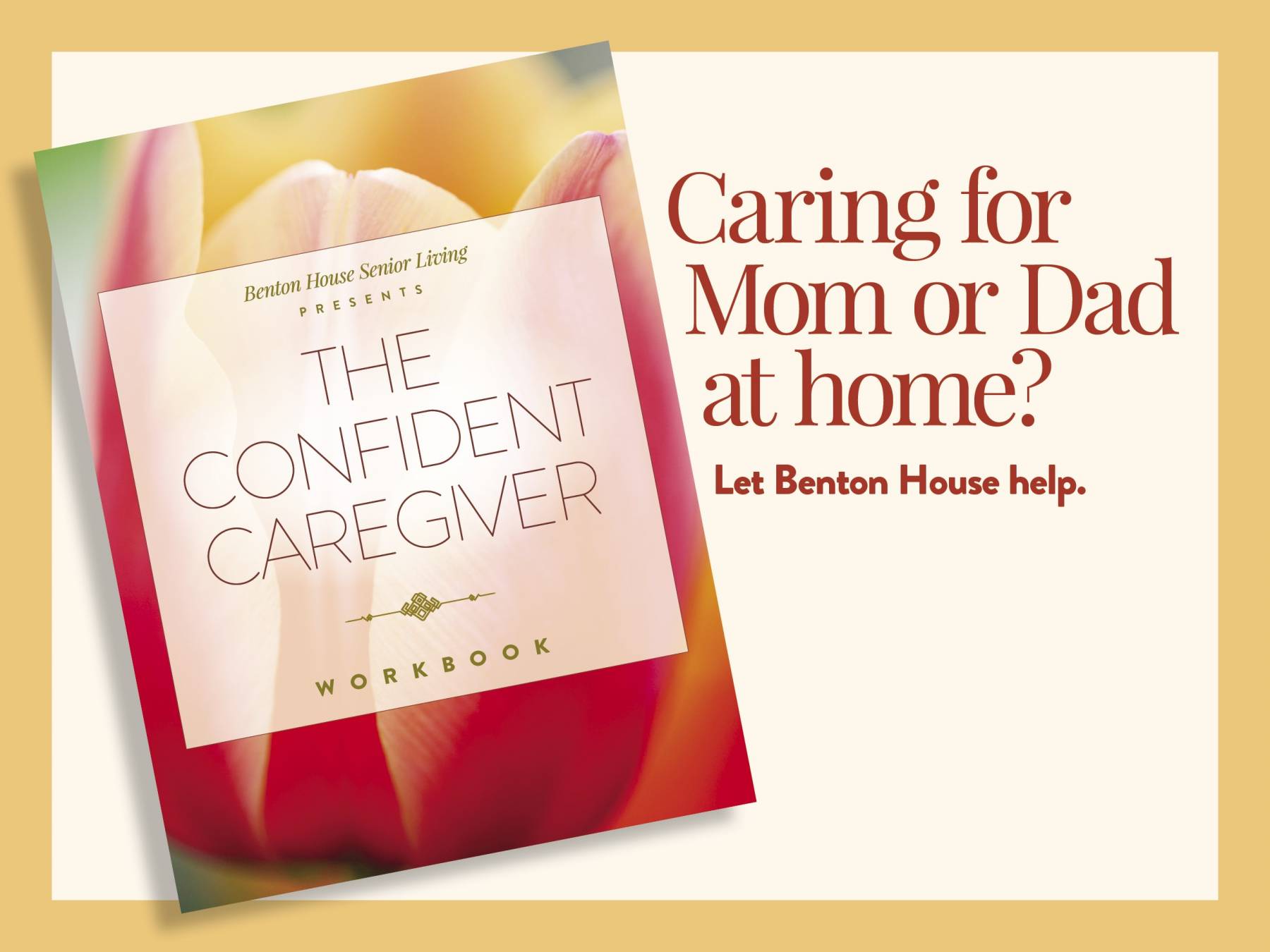Does your loved one live alone? Do they live in an area that tornadoes commonly pass through each year? If so, then tornado safety for seniors is something you’ve likely considered.
On average, about 1,200 tornadoes are reported each year in the United States. In 2021, 1,376 touched down in the US, according to the National Oceanic and Atmospheric Administration (NOAA).
While many aren’t deadly, 2021’s twisters claimed about 100 lives. Which means It’s a good idea to talk with your loved one about how they can best prepare in the event of a tornado in their area.
In this article, you’ll learn how to help your loved one know what to look for, how to best prepare their home, and what to do if a tornado actually touches down in their area.
Let’s dive in.
Tornado Safety for Seniors: Know What to Look For
If your loved one lives in an area affected by tornadoes, make a plan ahead of time with them for what to do if there is a tornado alert. Here are some tips to consider.
When is the tornado season for different areas of the United States?
While tornadoes can happen any time of year, here are the times they’re most likely for different areas of the US. For the southern Plains, peak tornado season is May through early June. On the Gulf, it’s early in the spring. For the northern Plains and upper Midwest, tornadoes are most likely in June or July.
Know the difference: tornado watch versus tornado warning
A tornado watch means there is a good chance one will touch down nearby, and usually includes many counties and lasts for several hours.
A tornado warning, on the other hand, means severe weather is already present. If a tornado watch is issued for their area, it’s time to immediately seek shelter and put your tornado response plan into action.
Know what tornado conditions look like
Help your loved one understand tornado conditions: dark, greenish skies, large hail, dark and rotating low-hanging cloud formations, and a loud, train-like roar.
Make sure your loved one’s smartphone receives Wireless Emergency Alerts (WEA)
The Wireless Emergency Alert system allows authorized national, state, or local governments to send public alerts — including tornado alerts — to participating wireless carriers. Most smart phones are set up to automatically receive WEA alerts, but not all providers necessarily opt in to using this voluntary government service, so we recommend checking with your carrier.
Understand tornado warning signals for their area
Make sure your loved one knows where a tornado watch or warning could come in. Besides WEA, severe weather warnings are issued through outdoor warning sirens, local and cable television, local radio stations, smartphone apps, and NOAA weather radio.
What to prepare in case of a tornado
While you can’t know how any home will fare during a tornado, here is how to keep your loved one as safe as possible if a twister does touch down in their area.
Designate a go-to safe area at home, or nearby
Identify a place for household members and pets to gather during a tornado: according to the Red Cross, good choices include a basement or small room on ground level like a bathroom or closet with no windows
In a high-rise, find a hallway in the center of the building, in case there isn’t time to get to the lowest floor. Mobile homes are unsafe for tornadoes, so designate a nearby building instead.
Locate a local emergency shelter
What if your loved one must evacuate their home? The Red Cross offers a free shelter program, with an interactive map so you can help find them a nearby safe place.
Put together a tornado safety kit
Include food, water, a first aid kit, a flashlight (with extra batteries), matches and candles, cash and credit cards, and instructions on how to turn off the home’s utilities.
Consider a medical alert device for seniors
These systems can contact emergency services if a disaster happens, to get your loved one help when it’s needed.
Help your loved one know what to do during a tornado
If a tornado does touch down where your loved one lives, here is what the CDC recommends to do to stay safe during a tornado.
If they see warning signs, take immediate shelter
Make sure your loved one knows their safe place, and that a tornado warning means it’s time to immediately seek their designated shelter. For added protection, they can get under something sturdy, like a workbench or heavy table, and cover their body with a blanket or even a mattress, especially their head.
Seniors with limited mobility can protect themselves by covering up
If your loved one is in a wheelchair, or can’t move without assistance, they can protect themselves from falling objects by covering up with blankets and pillows.
Keep pets indoors
They should gather any companion animals and keep them close by and under control in the safe space.
Bring indoors items that could be picked up by strong wind (only if there is time)
If there is advance warning of an approaching tornado, it’s a good idea to bring outdoor items like grills, trashcans, lawn furniture — anything that could become a flying object in high winds — indoors.
Next steps: tornado safety for seniors
If your loved one lives alone in an area with a tornado season, you want to do the best you can to help them prepare. While severe weather can be scary, knowing how to prepare their home in the event of a tornado can help calm nerves, and even save lives.
If you have any more specific questions about how to keep your loved one safe in the event of a tornado, please reach out by calling us at 855-461-2552 or send us a message, anytime. We’re always here to help.



